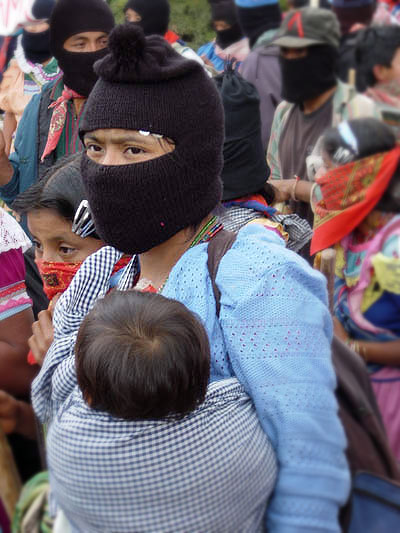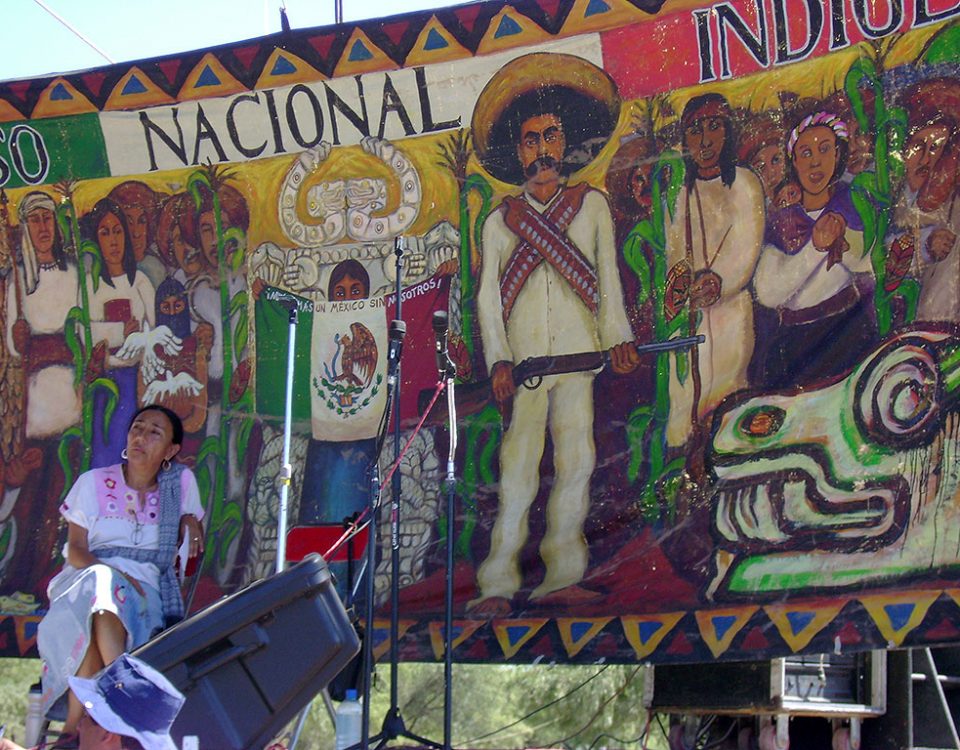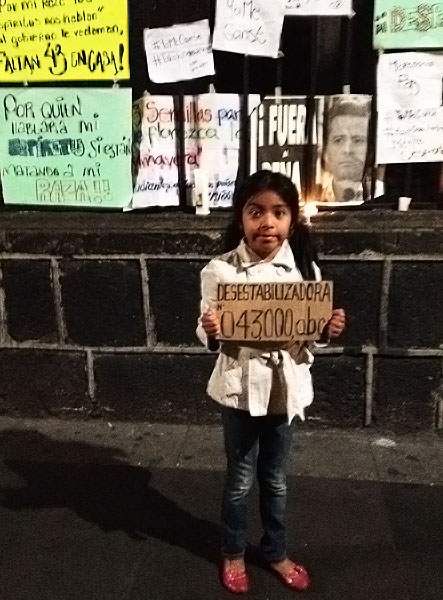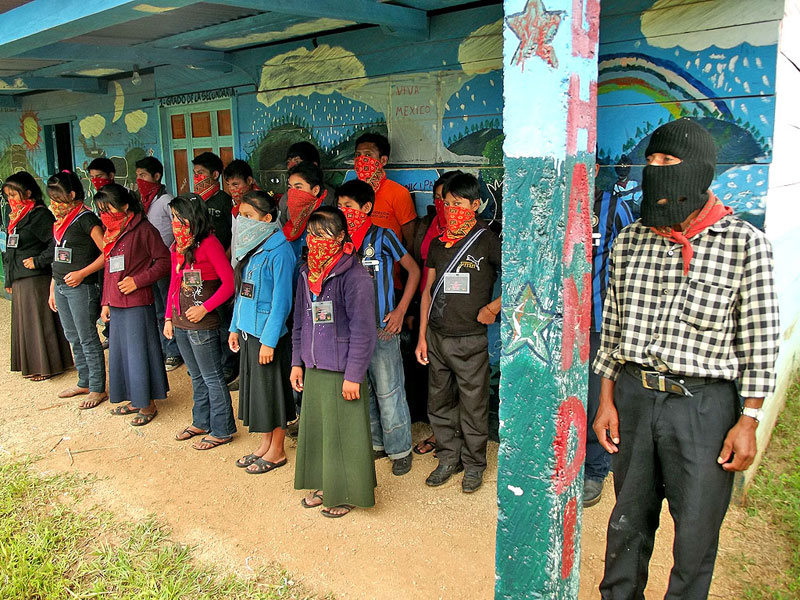2002
31/12/2002
UPDATE & ANALYSIS:
30/04/2003In March, the official plan for the Development of the Indigenous Peoples was presented, which tossed aside key aspects of the COCOPA law, and in their place, announced the implementation of governmental programs. The Zapatistas and the majority of indigenous organizations rejected these initiatives, instead wagering on the construction of autonomy through their own actions, from the base of their communities.
 Until the end of 2002, the EZLN remained in silence, protesting the approval of the constitutional reform over indigenous rights. Three parallel processes could possibly modify this newly stagnant scenario.
Until the end of 2002, the EZLN remained in silence, protesting the approval of the constitutional reform over indigenous rights. Three parallel processes could possibly modify this newly stagnant scenario.
- Around mid February of this year, 168 representatives presented the COCOPA law again in the federal Congress, “in order to correct the mistake of having approved a reform that does not respond to the demands of the indigenous people.” As it could have been foreseen, this initiative did not prosper because of the composition of the Legislature (that cannot change until mid 2003).
- In March, the International Labor Organization submitted the claims presented by unions and social organizations, and although a resolution against the reform would not have any coercive power, it would be a moral sanction that would question its legitimacy even further. This process remains pending.
- Finally, the highest expectation was directed to the Nation´s Supreme Court of Justice over the more than 300 constitutional controversies presented against the law. The Court finally presented itself in September, validating said law.
Meanwhile, the zapatista resistance continues amidst inevitable tensions with the local official authorities and with organizations once allied and now in dispute with it for territorial and political control. Between July and August of 2002, Chiapas recorded a worrisome escalation of violence and the murder of various civil leaders in autonomous municipalities located in the Jungle region. From mid-year on, another axis of tension was the threat of violent evictions of the communities settled in the Montes Azules Biosphere.




